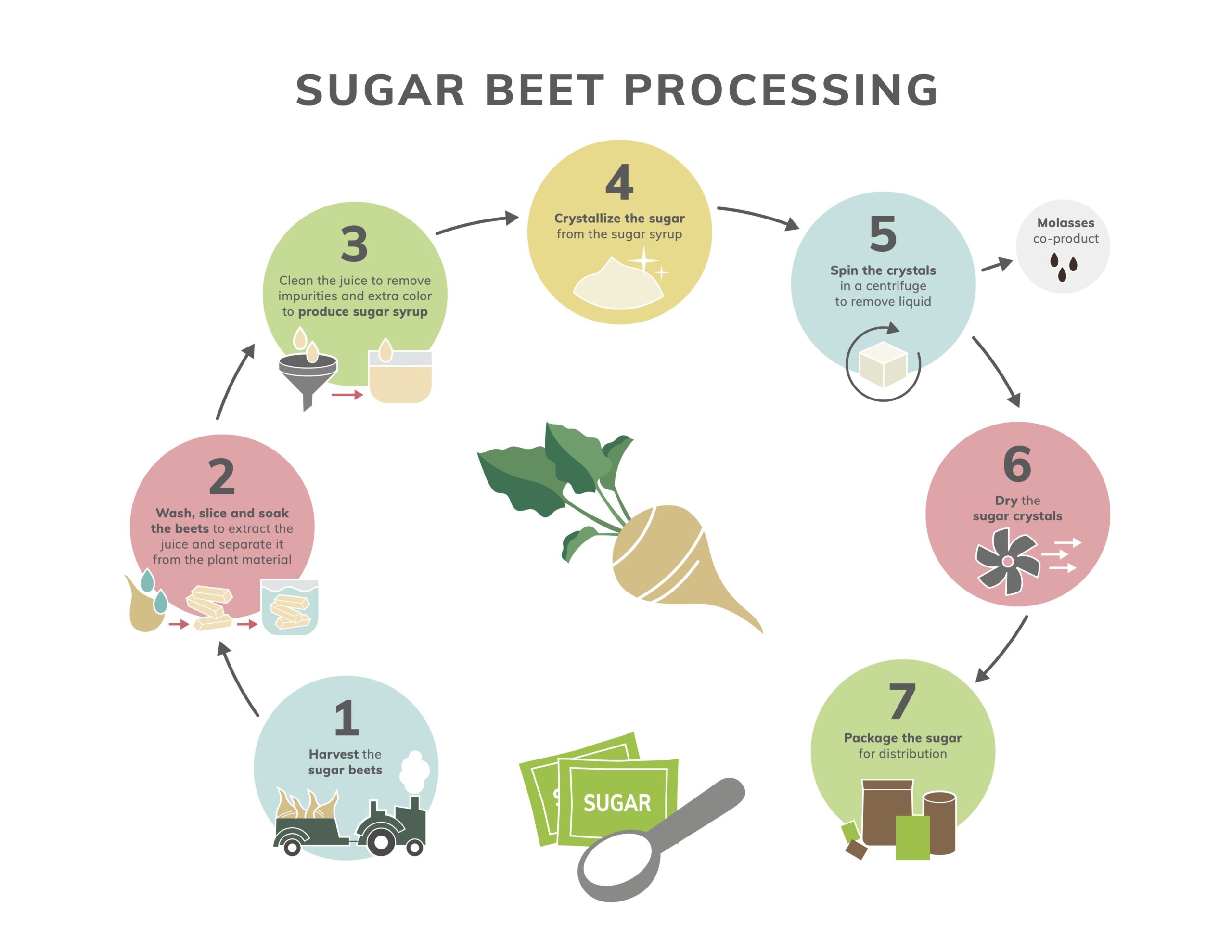Professional Cane Sugar Processing Chemicals: Superior Outcomes
Professional Cane Sugar Processing Chemicals: Superior Outcomes
Blog Article
Maximizar Rendimientos Y Minimizar Costos: Estrategias Avanzadas Para La Optimización Química Del Procesamiento De Azúcar De Caña
In the world of walking cane sugar processing, the pursuit of taking full advantage of yields while simultaneously decreasing prices stands as an awesome obstacle that requires a critical mix of innovative chemical optimization methods. Amidst this elaborate internet of techniques lies the assurance of opening untapped capacity and changing the extremely significance of sugar manufacturing.
Chemical Evaluation for Effectiveness
Chemical analysis plays an essential role in improving the effectiveness of sugar walking stick handling by giving essential insights into the make-up and properties of the raw products. By performing in-depth chemical analyses on sugar cane samples, cpus can determine the precise concentrations of sucrose, sugar, fructose, and other components present in the raw product. This details is crucial for optimizing the different phases of the sugar walking stick handling chain, from milling to condensation.
In addition, chemical analysis allows cpus to determine pollutants such as organic acids, proteins, and minerals that can affect the top quality and return of the last sugar product. By measuring these impurities, processors can execute targeted methods to get rid of or minimize their results, eventually boosting the general effectiveness of the handling plant.
In addition, chemical evaluation helps with the surveillance of process specifications such as pH, temperature, and thickness, allowing cpus to make real-time adjustments to guarantee optimum problems for sugar removal and crystallization. In general, a detailed understanding of the chemical make-up of sugar cane is necessary for taking full advantage of yields, lessening costs, and keeping high item quality in the sugar manufacturing market.

Enzyme Usage for Boosted Yields
With a calculated method to enzyme usage, sugar walking stick processors can considerably improve their returns while preserving functional effectiveness in the production process. Enzymes play an essential function in sugar walking cane handling by breaking down complicated carbohydrates into simpler sugars, therefore boosting the general sugar extraction efficiency. By including particular enzymes customized to target the different parts of sugar walking stick, such as cellulose and hemicellulose, processors can boost the release of sugars during removal.
Enzyme usage uses the benefit of optimizing sugar returns from the raw material while reducing the power and resources required for processing. This leads to a more lasting and affordable manufacturing procedure. Additionally, enzymes can help in reducing handling time and enhancing the general quality of the sugar item. Via careful selection and application of enzymes, sugar cane processors can optimize their procedures to attain greater yields and profitability.
Ph Control for Optimal Handling
Enzyme usage for increased returns in sugar walking stick processing lays the structure for resolving the vital facet of pH control for ideal processing efficiency. Maintaining the appropriate pH degree throughout different stages of sugar walking stick processing is essential for optimizing returns and lessening costs. pH control is especially essential during the extraction and clarification procedures. In the removal stage, maintaining the appropriate pH helps in attaining efficient sucrose removal from the cane. Regulating the pH throughout clarification help in the rainfall of impurities and non-sucrose elements, resulting in a purer end product. PH affects the activity of enzymes involved in the failure of macromolecules, impacting the general efficiency of the process. By very carefully monitoring and readjusting the pH levels at various handling actions, sugar walking cane processors can boost sugar recuperation rates, lower chemical usage, and optimize the general manufacturing process. Reliable pH control not only enhances the quality of the final product however also adds to lasting and economical sugar cane handling procedures.
Advanced Filtering Methods
Applying advanced purification techniques in sugar cane processing boosts the performance and pureness of the last item through refined separation techniques. By Look At This including innovative filtration technologies, such as membrane layer filtering and turned on carbon filtering, sugar cane handling plants can attain greater levels of sugar recuperation and improved top quality control.

Activated carbon purification is an additional advanced method that helps in the elimination of colorants, off-flavors, and residual contaminations from sugar cane products. By making use of triggered carbon's adsorption properties, this purification approach boosts the clarity and taste of the sugar, fulfilling the high requirements required by consumers and market guidelines.
Energy-Efficient Distillation Methods
Energy-efficient distillation techniques are crucial for optimizing the sugar cane handling sector's power intake while preserving high-grade product requirements. Typical purification procedures can be energy-intensive, resulting in greater manufacturing prices and ecological influences (Cane Sugar Processing Chemicals). Executing energy-efficient distillation techniques, such as vacuum cleaner purification or molecular distillation, can dramatically decrease power demands while improving total process efficiency
Vacuum cleaner distillation includes lowering the stress within the distillation system, which lowers the boiling factor of the liquid mix being refined. This decrease in boiling point reduces the Resources energy needed for vaporization, causing energy financial savings contrasted to conventional purification approaches.
On the various other hand, molecular purification makes use of short course distillation methods under high vacuum cleaner problems to separate compounds based upon their molecular weight. This technique is especially reliable for heat-sensitive substances, as it runs at reduced temperatures, lowering energy usage and protecting item quality.
Verdict

Report this page